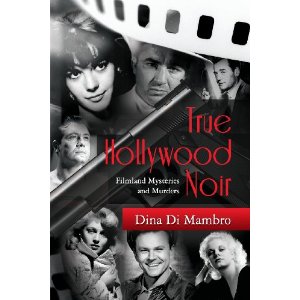 “Lana Turner was the quintessential film noir blonde,” says author Dina Di Mambro in her new book, True Hollywood Noir: Filmland Mysteries and Murders, pointing to Turner’s standout part as Cora in “The Postman Always Rings Twice.”
“Lana Turner was the quintessential film noir blonde,” says author Dina Di Mambro in her new book, True Hollywood Noir: Filmland Mysteries and Murders, pointing to Turner’s standout part as Cora in “The Postman Always Rings Twice.”
The actress’s real life was no less fascinating than any of the roles she portrayed on the screen, says Di Mambro, setting up the chapter on Turner and the 1958 fatal stabbing of her boyfriend Johnny Stompanato.
A coroner’s inquest jury found the act (by Turner’s teenage daughter Cheryl Crane) to be justifiable homicide but there has long been speculation that Turner herself did the deed. In probing that theory, film historian and entertainment writer Di Mambro offers “the story you haven’t heard.”
It’s one of 12 stories Di Mambro explores in her book; the others are: William Desmond Taylor, Thomas H. Ince, Jean Harlow, Thelma Todd, Joan Bennett (and the shooting of Jennings Lang), George Reeves, Bob Crane, Gig Young, Natalie Wood, Robert Blake and death of his wife Bonnie Lee Bakley). The finale, as it were, is a lengthy chapter on gangster Mickey Cohen.
Says Di Mambro in the book: “The West Coast mob, city corruption and Hollywood mysteries were often intertwined. This is a common thread through much of this book. … Many of the plots of the noir films were taken from actual happenings in the underworld.”
Di Mambro presents her facts in a straightforward, no-nonsense style, leaving the reader to decide which theory is most likely. Replete with vintage photos, the book clocks in at 230 pages, making it a pretty fast read cover to cover. It’s also a great reference volume if you prefer to dip in one grisly cold case at a time.
We at FNB especially like the fact that Di Mambro includes in her acknowledgements her “muse,” meaning her cat Sunny, who supervised the writing process. Nothing like a regal kitty to tap a true-crime scribe vibe.
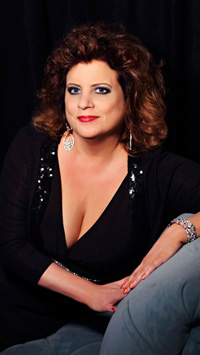





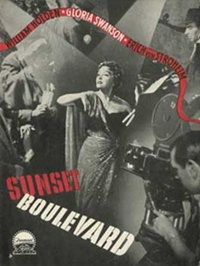
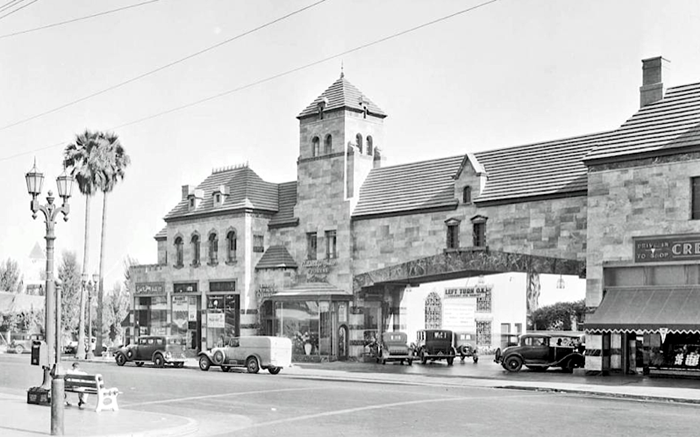
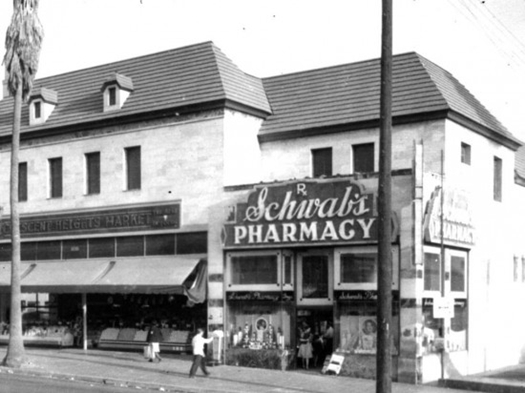
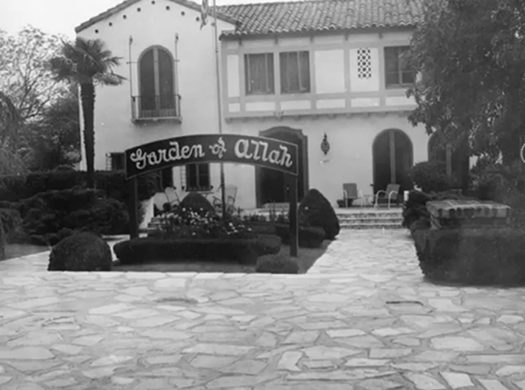

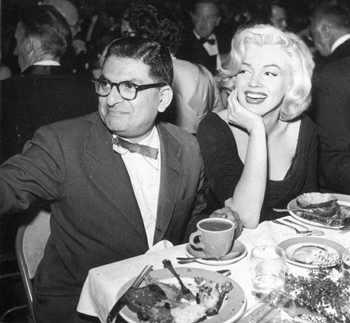
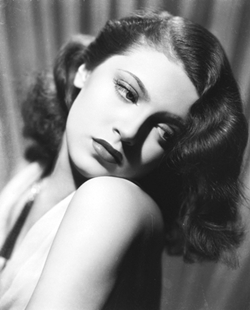
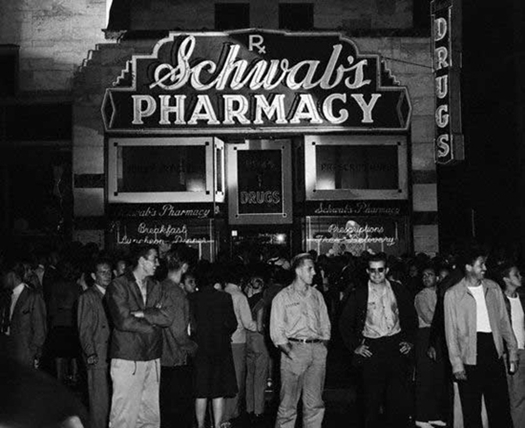
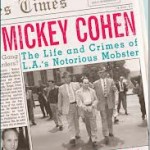
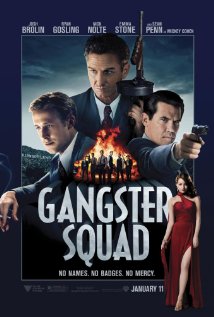
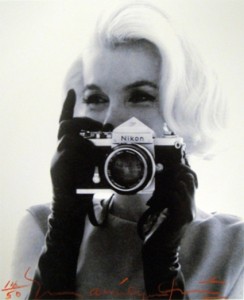
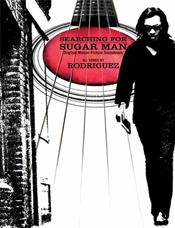
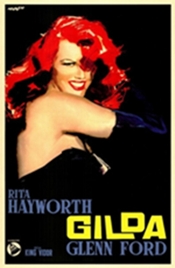
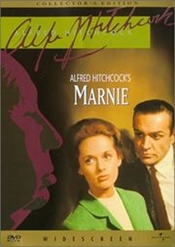
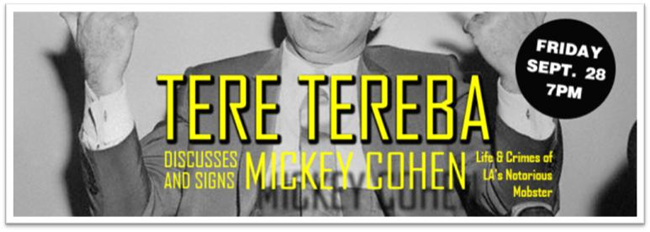
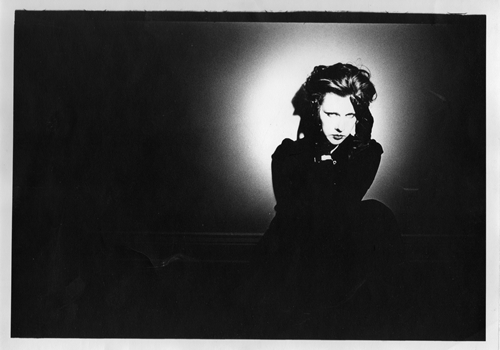
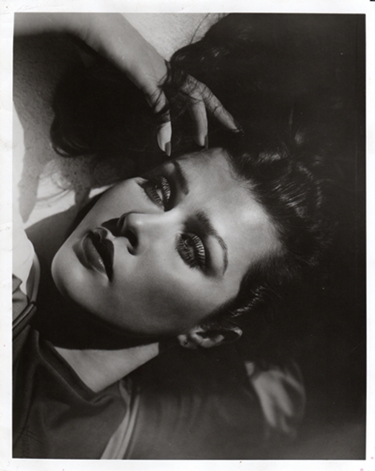
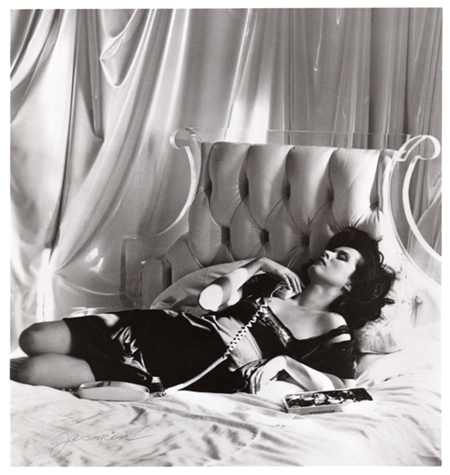


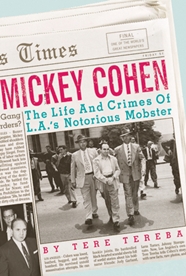
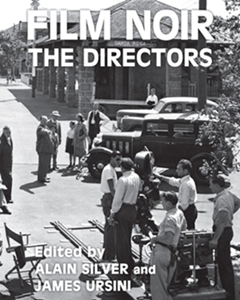
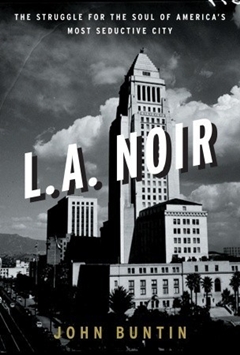





From FNB readers